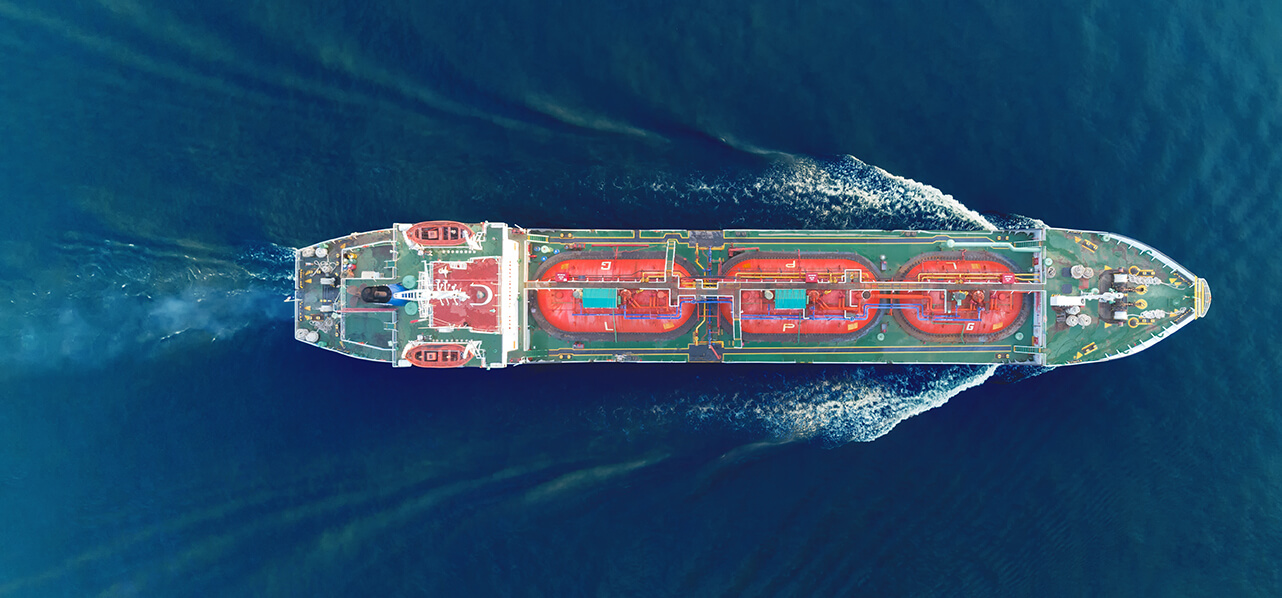1) The Taxonomy Regulation and its objectives
2) Scope of the taxonomy
3) How is “environmentally sustainable” defined?
4) The Technical Screening Criteria (“TSC”): Overview
– TSC: Transport: Maritime
– TSC: Transport: Aviation
– TSC: Transport: Rail
6) Disclosure obligations
7) Extra territorial effect
8) Conclusion
The Taxonomy Regulation and its Objectives
Regulation (EU) 2020/852 of the European Parliament and EU Council (the ‘Taxonomy Regulation’)¹ came into force on 12 July 2020, although it will not start applying until 1 January 2022 at the earliest. It represents a key step towards the EU’s objective of achieving a climate neutral union by 2050.






